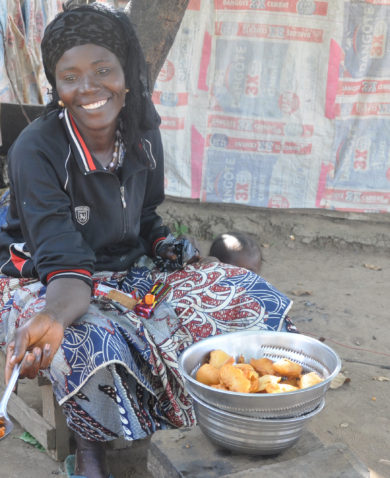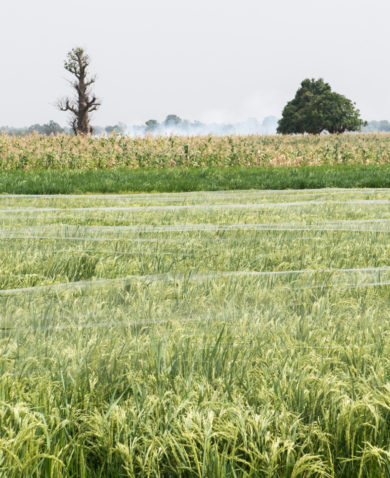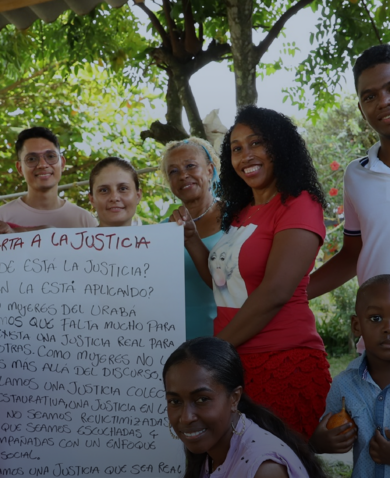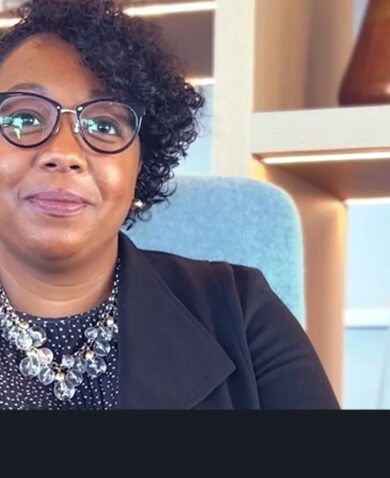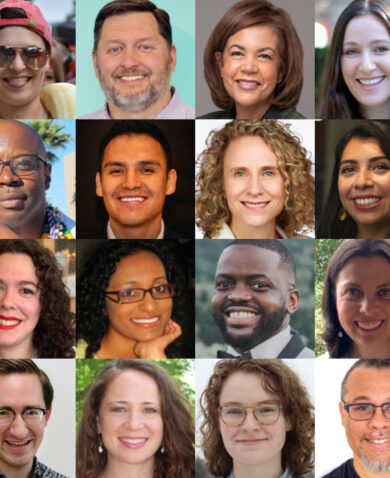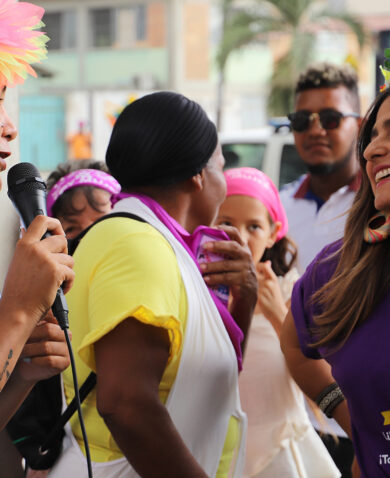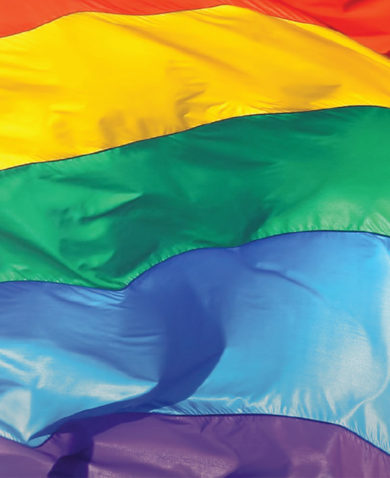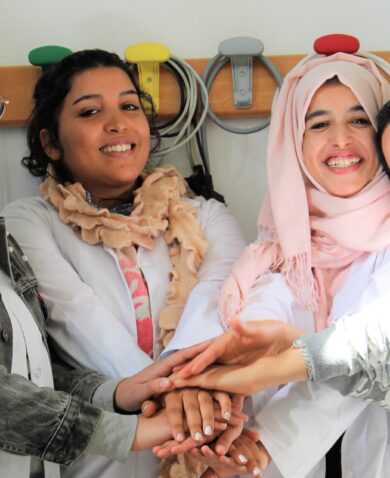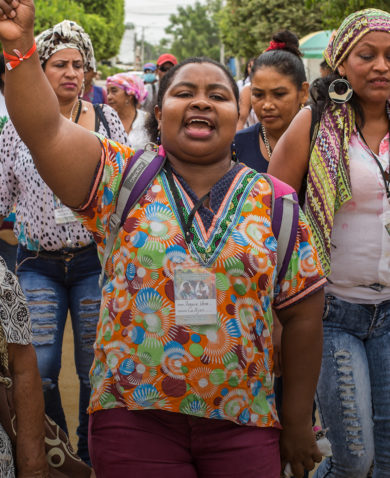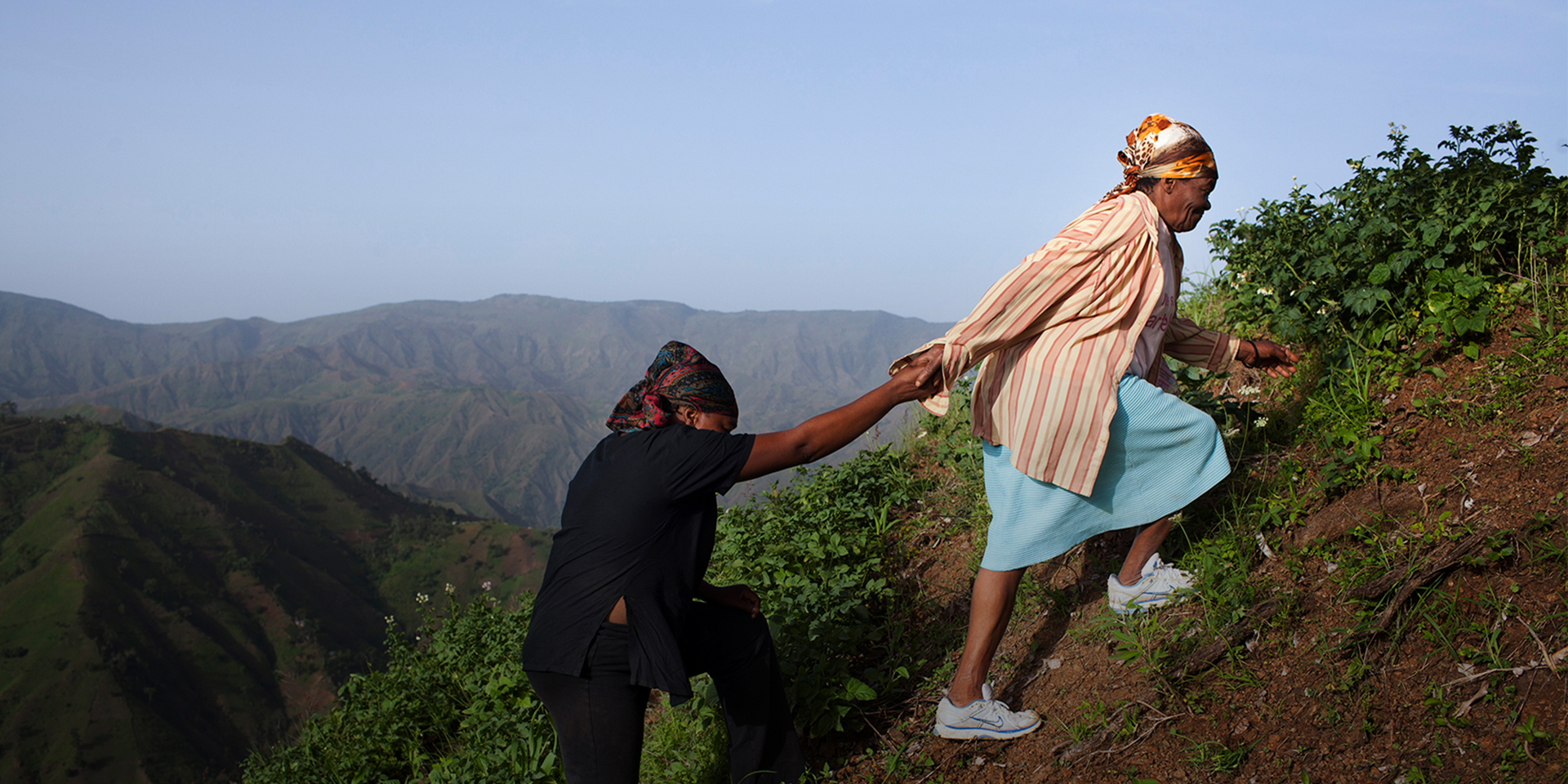
The Problem with the Phrase ‘And Other Vulnerable Groups’
October 1, 2019 | < 1 Minute ReadWhy is the phrase "and other vulnerable groups" so problematic? Chemonics' Shauna Caria and Inclusive Development Partners' Anne Hayes offer some key recommendations for both donors and implementing partners to ensure greater inclusion in our development programs.
This post originally appeared on Devex.
Have you ever heard the phrase, “women, youth, and other vulnerable groups” in a development context? If the answer is yes, you probably recognize that this phrase is common across development programs. Usually, it is used to show that we’re advocating for the needs of communities that are most underrepresented.
As development practitioners, we can easily fall into the habit of using a phrase like “other vulnerable groups” to refer to multiple social groups, such as persons with disabilities, ethnic and religious minorities, and LGBTI populations, but the reality is that using general language to describe groups of people often has negative consequences.
We know we should strive for solutions that recognize the unique needs of different social groups and the diversity that exists within each group. Failing to address the diversity within and among groups weakens our ability to ensure those most underrepresented are being included in development programs. If the development community fails to identify the social groups most underrepresented in each country context, we cannot craft effective solutions to the challenges that context presents.
A recent study led by Chemonics suggests that using the phrase “and other vulnerable groups” does not lead to inclusion. In fact, correlational evidence suggests it could lead to greater omission and exclusion during project implementation. The study examined the inclusion of four social groups: LGBTI populations, persons with disabilities, youth, and minority groups — including ethnic, religious, linguistic minorities, and indigenous peoples … Read the full post on Devex.
Posts on the blog represent the views of the authors and do not necessarily represent the views of Chemonics.




